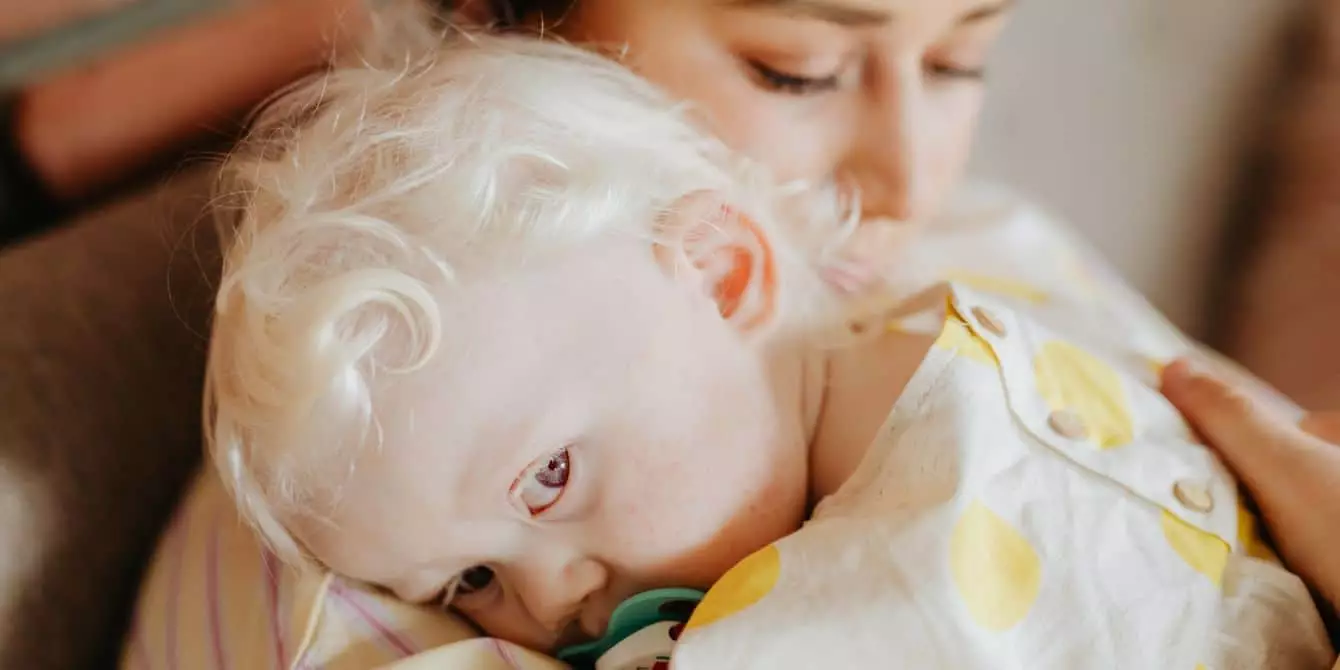As we move into the RSV (respiratory syncytial virus) season of 2025, parents are facing renewed challenges due to a predicted uptick in cases. Health experts express growing concern as they anticipate more children will experience complications from RSV this year compared to previous years. While many cases are relatively mild, understanding the virus’s symptoms and effective management strategies can empower parents to act promptly and make informed decisions in their children’s best interest.
RSV is not just another common cold, although it often presents with similar symptoms in older children and adults. This acute viral infection primarily impacts the respiratory system and can lead to severe consequences, particularly in infants. In fact, the Centers for Disease Control and Prevention (CDC) indicates that RSV is a leading cause of bronchiolitis and pneumonia among children under the age of one. Alarmingly, over 58,000 children under five require hospitalization each year due to severe RSV complications.
For healthy older children and adults, RSV typically manifests as a mild respiratory illness, starting with symptoms like a runny nose and a decreased appetite. However, in younger babies—particularly those under six months or those with underlying health issues—symptoms may be subtle and progress quickly. Hence, parents need to remain vigilant and aware of the signs of worsening illness.
Common initial symptoms of RSV in children can include:
– Clear, runny nose
– Decreased appetite
– Coughing
– Wheezing
– Sneezing
For younger infants, particularly those under 2 years of age, symptoms may be less obvious. Parents should be on the lookout for decreased activity, increased irritability, or slight difficulty in breathing. Notably, not every child will exhibit a fever, adding to the challenge of early detection.
As conditions can worsen rapidly, it’s crucial for parents to understand when to seek medical attention. Signs indicating severe RSV infection in infants include:
– High fever
– Rapid breathing
– Difficulty breathing, evidenced by retractions (where the chest muscles pull inward with each breath)
– Severe lethargy or drowsiness
– Persistent coughing
– Pauses in breathing (apnea)
If any of these signs occur, it is critical to seek medical care without delay.
Currently, there is no specific cure for RSV; the treatment primarily focuses on symptom management. Most RSV cases tend to resolve in about one to two weeks, but additional steps can assist in the recovery process for your child:
– **Hydration**: Ensure your child remains well-hydrated to fend off dehydration.
– **Rest**: Prioritize plenty of sleep and rest to support recovery.
– **Fever Management**: Consult your pediatrician regarding appropriate medications for lowering fever.
– **Humidifier Use**: Utilize a humidifier in your child’s room at night to ease breathing.
– **Saline Treatment**: Consider saline spray or mist inhalers to help clear nasal congestion.
– **Elevate Head**: Raising your child’s head slightly while they sleep can provide comfort and facilitate easier breathing.
Parents should closely monitor their child’s condition and be alert to any signs of escalation in symptoms or distress.
RSV has a prolonged incubation period, and symptoms may not manifest until several days post-infection. This delay contributes to its rapid spread in communal environments such as schools and daycare centers. To mitigate the transmission risk, parents can adopt simple yet effective preventive measures:
– Frequent handwashing
– Teaching children to cover their mouths while coughing or sneezing
– Regular sanitization of shared surfaces and toys
– Limiting contact with family members or friends who are sick
In public, it’s acceptable for parents to set boundaries regarding their babies’ interactions. Telling friends and family to refrain from holding or touching babies during RSV season can help keep infants safe.
Recent advancements in RSV prevention provide hope for high-risk infants. In 2023, the monoclonal antibody treatment Beyfortus was introduced, extending protection to newborns during their first two RSV seasons. This is supplemented by Synagis injections for premature or immunocompromised infants, although access is limited to specific high-risk cases.
Looking ahead, countries such as Australia have begun implementing maternal vaccination programs to shield infants by vaccinating pregnant women against RSV. Additionally, researchers are exploring promising antiviral drugs specifically targeting RSV, which might soon offer another tool in combatting this virus.
As parents navigate this RSV season, understanding the implications of the virus and the signs to look out for is vital. By remaining vigilant and informed, parents can help protect their children from the potential dangers associated with RSV infections.

